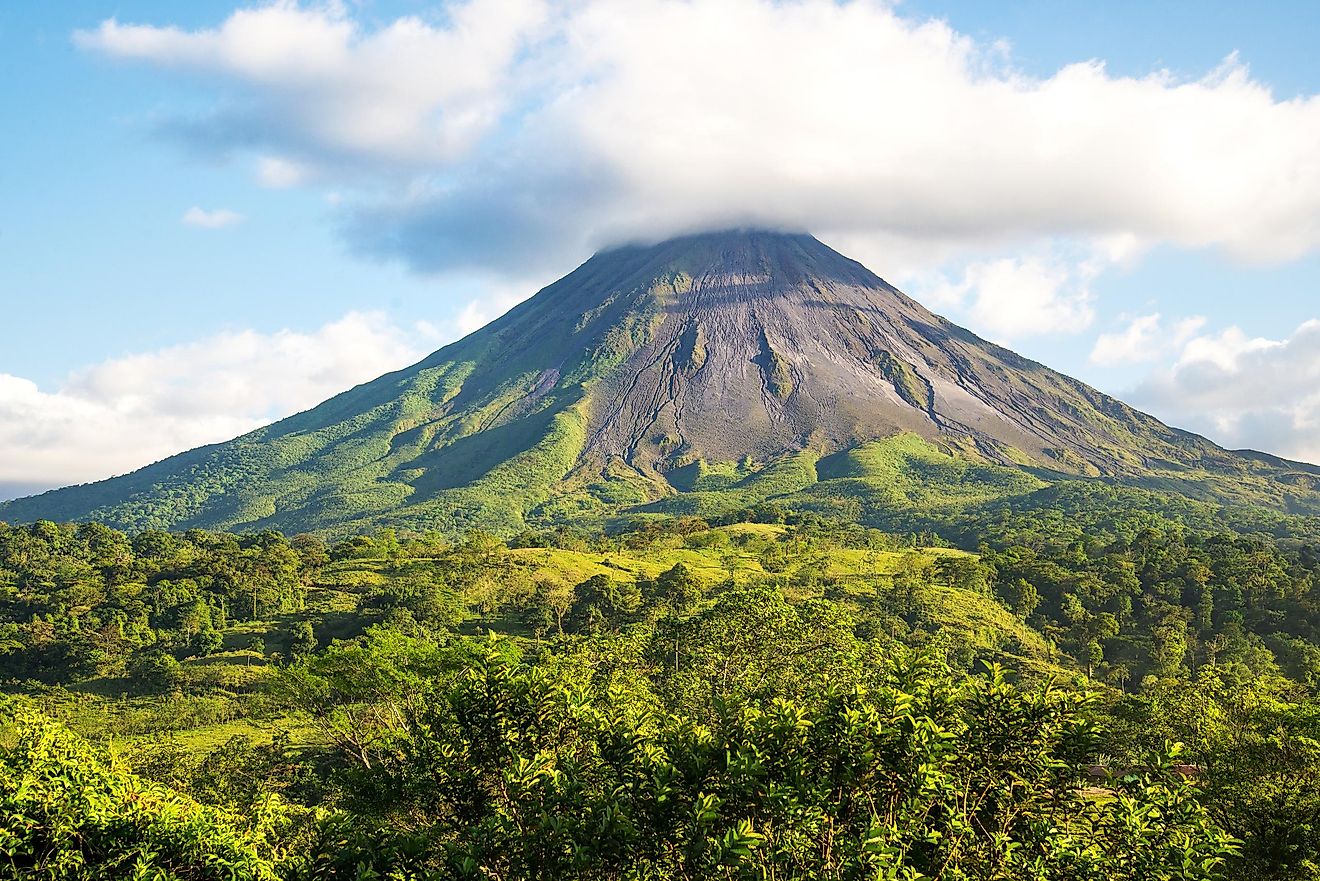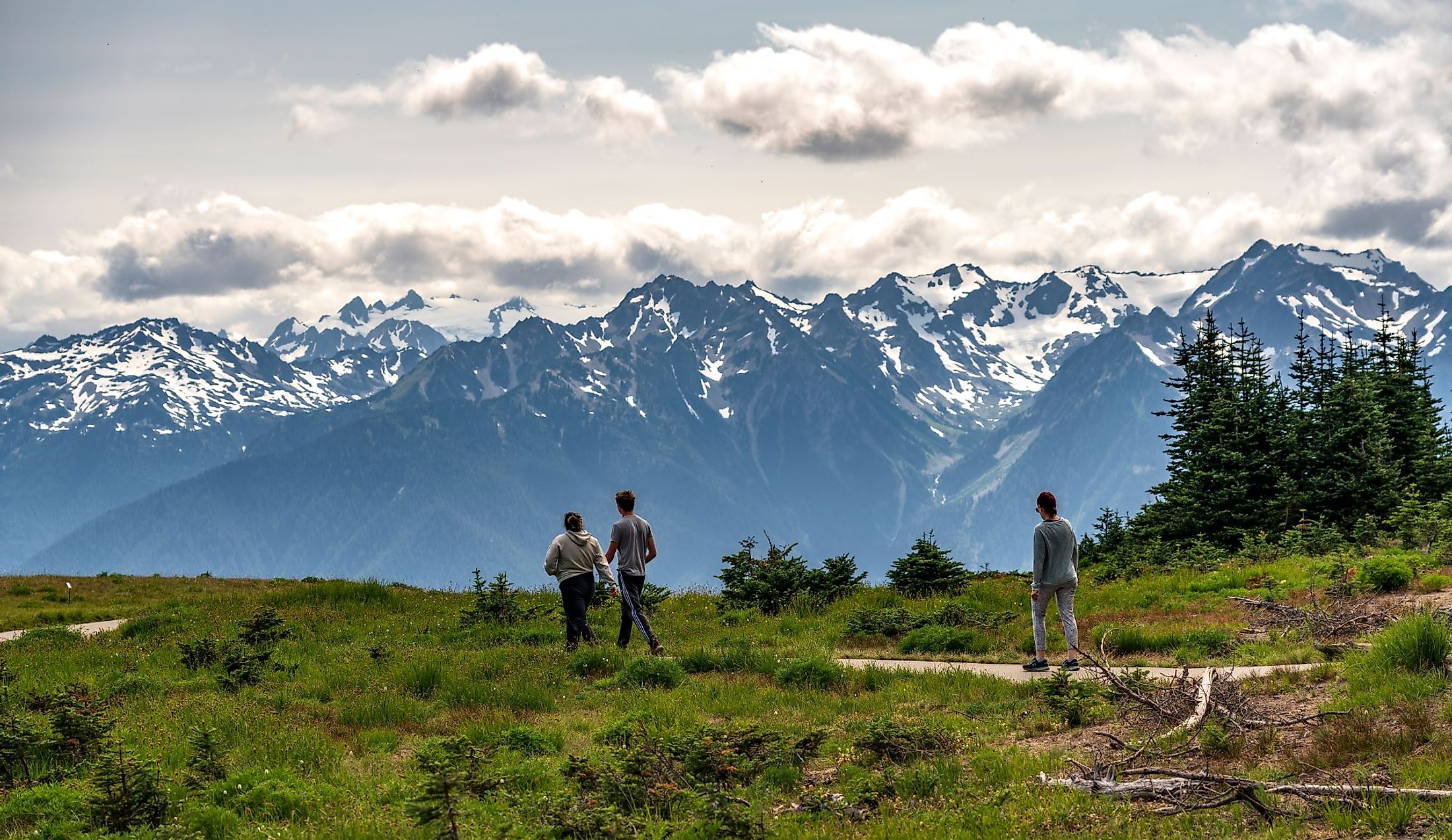
Cascade Range
The Cascade Range is a prominent collection of mountains found in the Pacific Northwest area of the northwestern United States and southwestern Canada. It is known for its snow-capped peaks, massive glaciers, steep scree slopes, and lush forests. The range is home to 4375 named mountains, the biggest and most visible of which is Mount Rainier 4,392 m.
Geography Of The Cascade Range
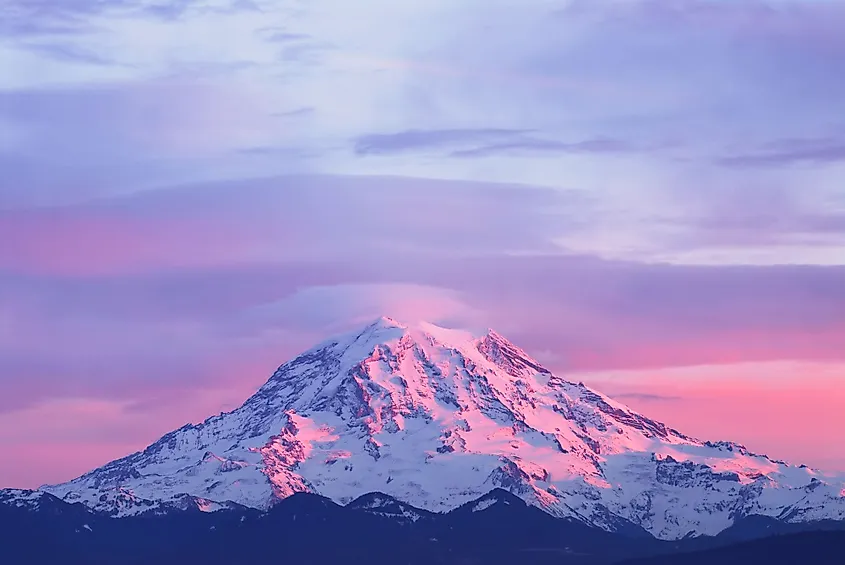
The Cascade Range is a section of western North America's Pacific Mountain chain. It has an area of 58,497 sq miles and covers approximately 92% of the US and 8% of Canada. The Cascades stretch from Lassen Peak in northern California, through Oregon and Washington, to the Fraser River in southern British Columbia, Canada. Many peaks rise above 3,000 meters, notably Mount Hood at 3,426 meters, Oregon's highest point and Mount Rainier at 4,392 meters, highest in Washington and in the Cascade Range. The majority of the peaks are extinct volcanoes, although Lassen Peak at 3,187 meters and a few others have recently erupted. Mount Baker 3,286 meters erupted violently in 1975, while Mount St. Helens at 2,550 meters erupted again in 1980 and 1981. The mountains are located 160 to 240 kilometers inland from the Pacific Ocean, east of the large depressions known as the Puget Sound Lowland and the Willamette Valley, which divide the wet coastal region from the drier interior. They are followed to the north by the Coast Mountains of British Columbia and to the south by the Sierra Nevada.
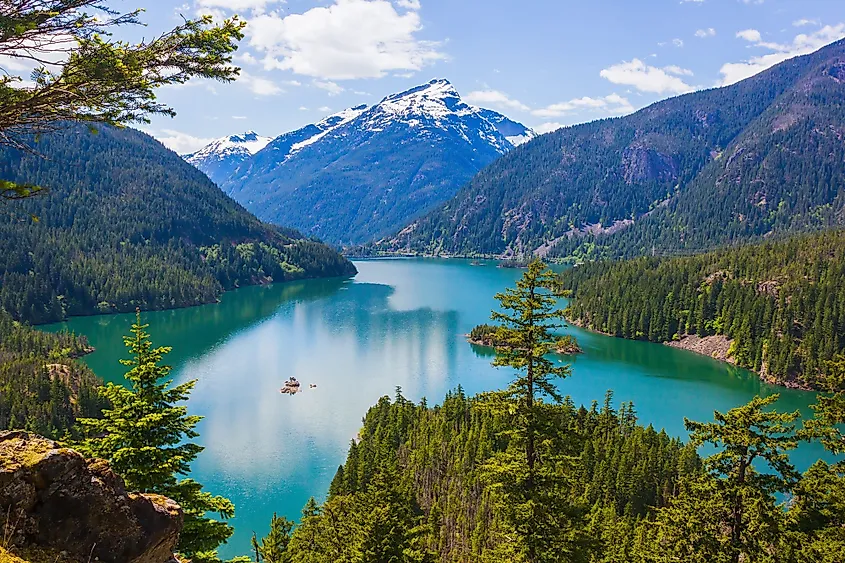
The Willamette River's headstream area is marked by glaciation (which has generated several lakes) and stream subdivision. Except for the summits above the timberline, the entire range is densely forested and surrounded by conservation areas and national forests. The western slope, which receives up to 100 inches (2,500 mm) of precipitation each year, is densely forested with Douglas fir trees. The national parks of North Cascades, Mount Rainier, Crater Lake, and Lassen Volcanic, as well as Lava Beds National Monument and Manning Provincial Park (Canada), feature remarkable natural formations and breathtaking beauty. The range's principal activities and assets are tourism, outdoor recreation, and water for hydroelectric generation, irrigation, and industry.
Geology Of Cascade Range
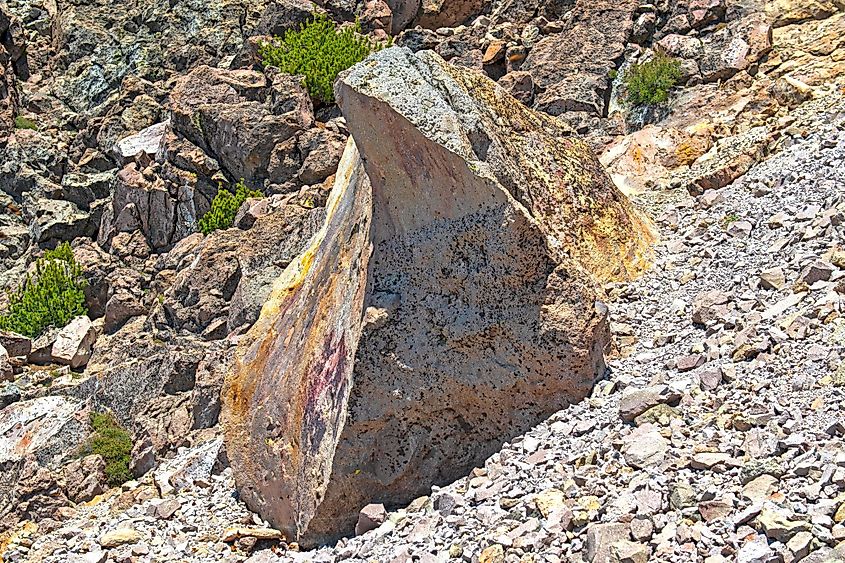
The Cascade Range's geology differs between its northern and southern portions. Although there are few significant volcanoes in the northern part, the mountains are not volcanic in nature. The southern Cascades, including the High Cascades, on the other hand, was produced as a consequence of volcanic activity. The Cascade Range was produced by subduction when the Juan de Fuca Plate (oceanic crust) sank beneath the North American Plate (continental crust). The uplift of the Earth's crust produced by the collision of tectonic plates resulted in the development of mountains. These mountains were formed by a combination of ocean sediment, basaltic ocean base, continental crust, and mantle from deep within the Earth's crust. Because of the friction and high pressure between the plates, the mantle above the oceanic plate melted, resulting in magma. This lava rose and bursted from the Earth's surface, forming the High Cascades chain of volcanoes. The Cascade Range crosses the subduction zone and is part of the Pacific Ring of Fire.
Climate Of Cascade Range
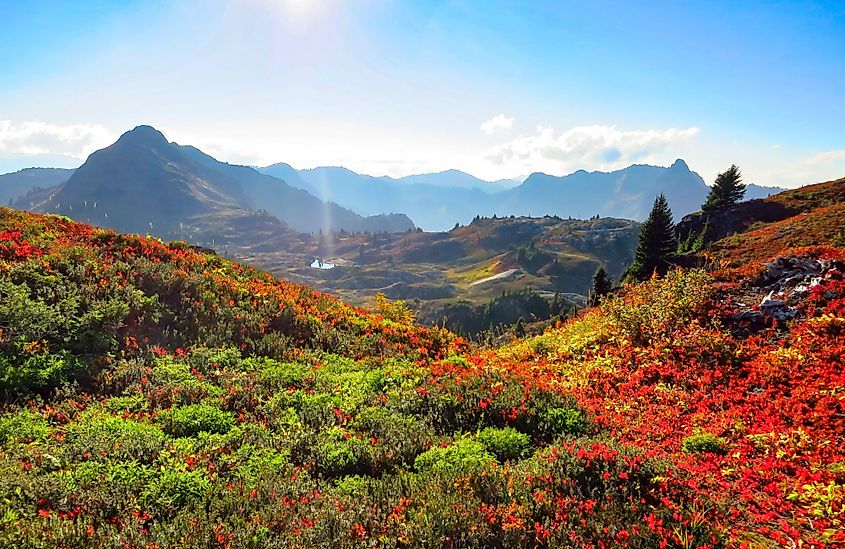
The Cascade Range's climate varies based on height and location. The Pacific Ocean influences and moderates the western slopes of the Alps (aka North Cascades). Summers on this side are warm and dry, with wet winters and moderate temperatures. The wettest months in this region are December and January. The climate on the eastern side of the Cascade Range is more continental, with cold, snowy winters and scorching, dry summers. Some of the tallest summits in the range have snow crowns all year. This climate extends to the Canadian Cascade Mountains, where it is extremely cold and snowy.
Brief History
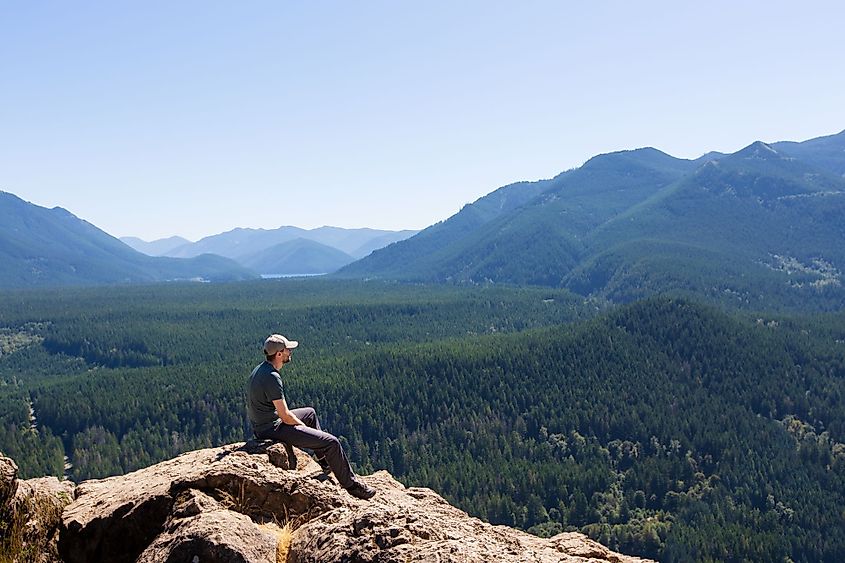
The Cascades were first seen by English navigators George Vancouver and William R. Broughton in 1792. Some of the high peaks they observed were given English names. On their trip to the northwest in 1806, the American explorers Meriwether Lewis and William Clark went through the range in the 4,000-foot (1,219-metre-) deep Columbia River Gorge on the Washington-Oregon boundary. The enormous cascades along the gorge inspired the range's name. The Cascade Range was a common usage place for all tribes in the region to visit, pass through, and build camps for hunting (Elk, deer, etc.), berry harvesting (plenty of berries), fishing (salmon, trout, & eel), quarrying (Obsidian), and trade. The tribes had particular paths that ran north-south and east-west, and all peoples used them for strolling or riding horses for their purposes.
Ecology Of Cascade Range
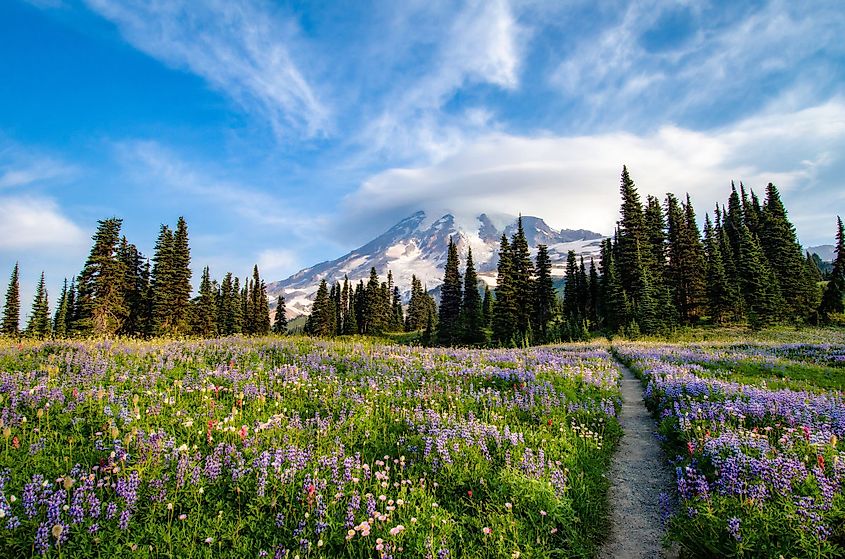
The Cascades have a fascinating ecosystem since the plants and wildlife found there changes as one moves from south to north. The range has a wide variety of tree species, including western red cedars and western hemlocks, as well as Douglas firs, subalpine firs, mountain hemlocks, grand fir, Pacific silver fir, and Alaska yellow-cedar. The timberland in the range varies depending on where you are, but it may go as low as 1,800 m in certain spots. The Cascades include some of the most spectacular alpine meadows in the region above the timberline. The area is dominated by grasses, low-lying bushes, and wildflowers. Tiger lilies, columbines, valerians, bluebells, lupines, mountain bog gentians, and monkshoods are among the wildflowers found in the range.
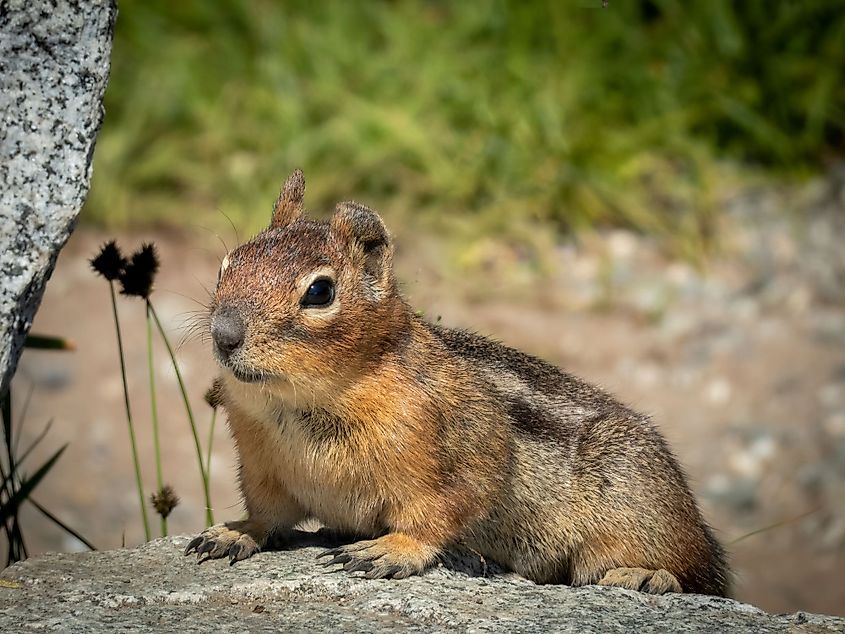
In terms of fauna, the Cascades provide an ideal home for a variety of notable species, including black bears, mountain goats, coyotes, elk, marmots, and many more. Many fish species find ideal homes in the range's streams. Some of these fishes include rainbow trout, golden trout, largemouth bass, kokanee, steelhead, etc. The five Pacific salmon species are found in the Skagit River Watershed. A number of avian species are also found in the Cascade Range. You could even see bald eagles fishing for salmon in the range's many rivers if you're lucky.
The Cascade Mountains are vital to the United States, both biologically and economically. As a result, these magnificent mountains have been protected as a National Park. In truth, these mountains constitute a collection of several national parks. A separate institution is in charge of caring for them and protecting the country's natural resources from human misuse and exploitation.
10 Highest Peaks In The Cascade Range
| Rank | Name Of The Peak | Height in feet | Height in meter | Range |
| 1. | Mount Rainier | 14,411 | 4,392 | South Washington Cascades |
| 2. | Mount Shasta | 14,162 | 4,317 | California Cascades |
| 3. | Mount Adams | 12,276 | 3,742 | South Washington Cascades |
| 4. | Mount Hood | 11,239 | 3,426 | Oregon Cascades |
| 5. | Little Tahoma | 11,138 | 3,395 | South Washington Cascades |
| 6. | Mount Baker | 10,781 | 3,286 | North Cascades |
| 7. | Glacier Baker | 10,520+ | 3,206+ | North Cascades |
| 8. | Mount Jefferson | 10,497 | 3,199 | Oregon Cascades |
| 9. | Lassen Peak | 10,457 | 3,187 | California Cascades |
| 10. | South Sister | 10,358 | 3,157 | Oregon Cascades |
Sub-peaks are excluded from this list.
